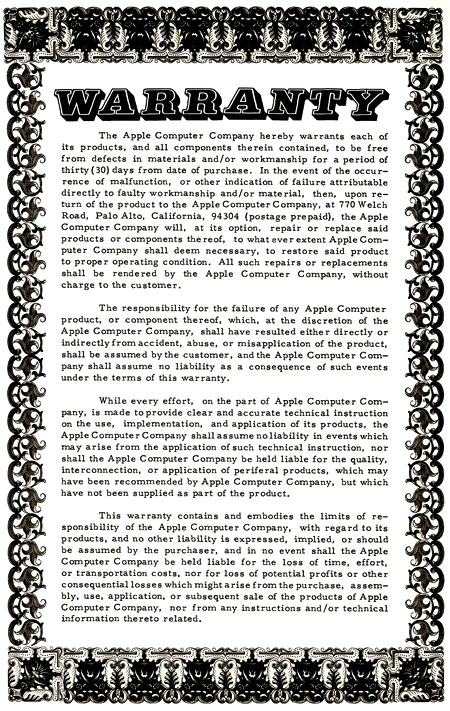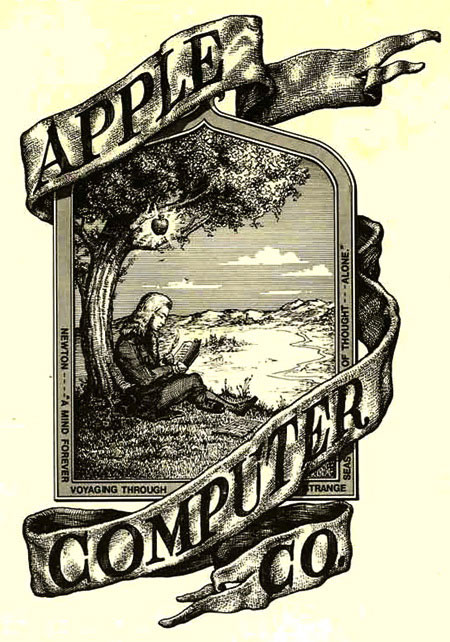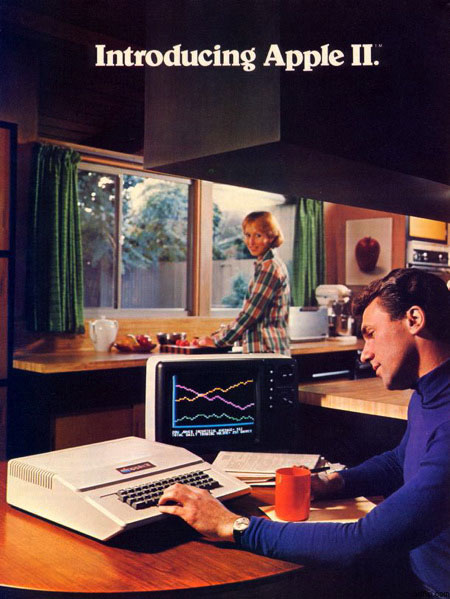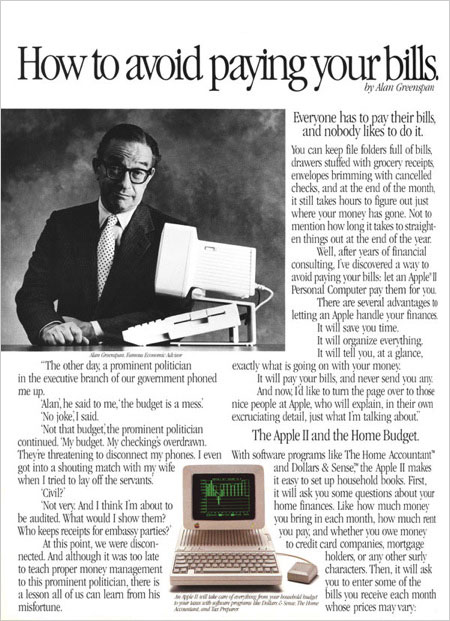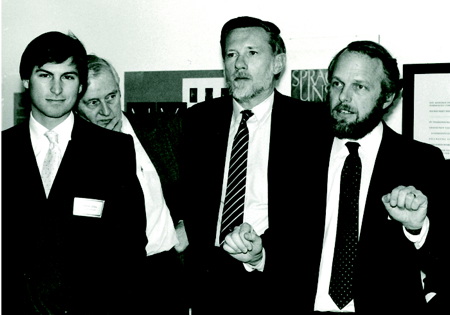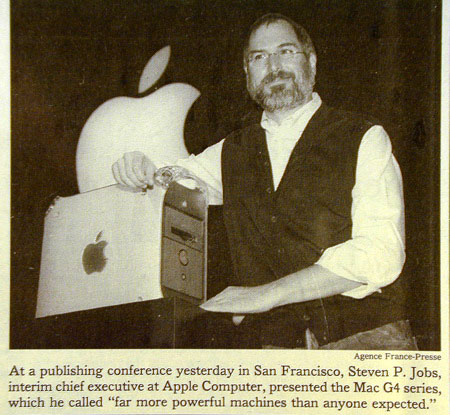Scanning Around With Gene: So Long, Steve

Originally published October 7, 2011
Many people more qualified than me are writing tributes to Steve Jobs and indeed, I barely know what to say. Mostly I find it sad that four kids have lost their father at too early of an age, and that no matter your success and resources, sometimes life takes a bad turn.
Those of us in the graphic arts industry go back with Apple a long way. Many of you likely have stories about your first Mac in the mid- to late Eighties when it was still a struggle to get out decent work, but when the writing was on the wall that this was the future of graphic design, typesetting, and layout. I’m more interested in your stories than mine — I hope you post them in the Comments section. I’ll help you reminisce by sharing Apple images I’ve published on this website over the years, plus a few others from my collection.
As these ads and product collateral from the Apple 1 circa 1976 reveal, the company was anything but graphically slick in the early days. Click on any image for a larger version, and click here to learn more about the early days of Apple.
Here’s Apple’s first logo, designed by Ronald Wayne, an early partner with the two Steves. Wayne left the company soon after its founding and gave up his 10% ownership in exchange for $800.
By the time the Apple II came around (1977), you could begin to see the influence of design, both industrial and graphic. The young company hired the Regis McKenna ad agency to do these ads (and design the first rainbow Apple logo). And yes, that’s former Chairman of the Federal Reserve Alan Greenspan in the third ad.
Things really started to get interesting in 1984 when Apple released the Macintosh to much fanfare. You can learn more about the famous Apple Superbowl ad here. Less successful was the Lisa, pictured below with an early Mac.
The pivotal moment for the graphic arts industry came when Jonathan Seybold put the founders of Adobe, John Warnock and Chuck Geschke, together with Steve Jobs. When Adobe’s Postscript met the Mac and the first Apple Laserwriter printer, it made it possible to compose high-quality pages. Here’s an early photo of Steve with Geschke and Warnock.
The rest, as they say, is history. When these photos were taken at Seybold Seminars in 1999, Apple was releasing the G4 Macintosh, the first desktop “super computer,” along with the giant cinema screen. Graphic designers, videographers, and other power users were fully on board with the Macintosh, which had completely changed those industries.
Of course, Apple went on to capture the music market, mobile cell phone market, and lately the e-publishing market. But those of us in graphic arts will always feel like we were there first. And for that we have Steve Jobs to thank. May he rest in peace.
This article was last modified on June 11, 2020
This article was first published on October 5, 2015





